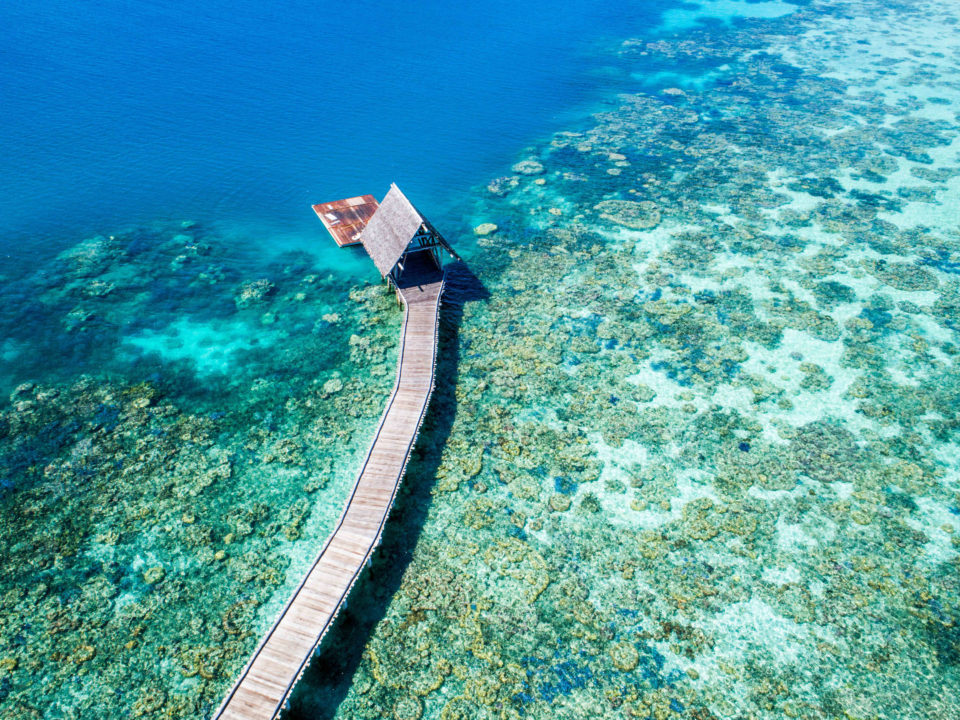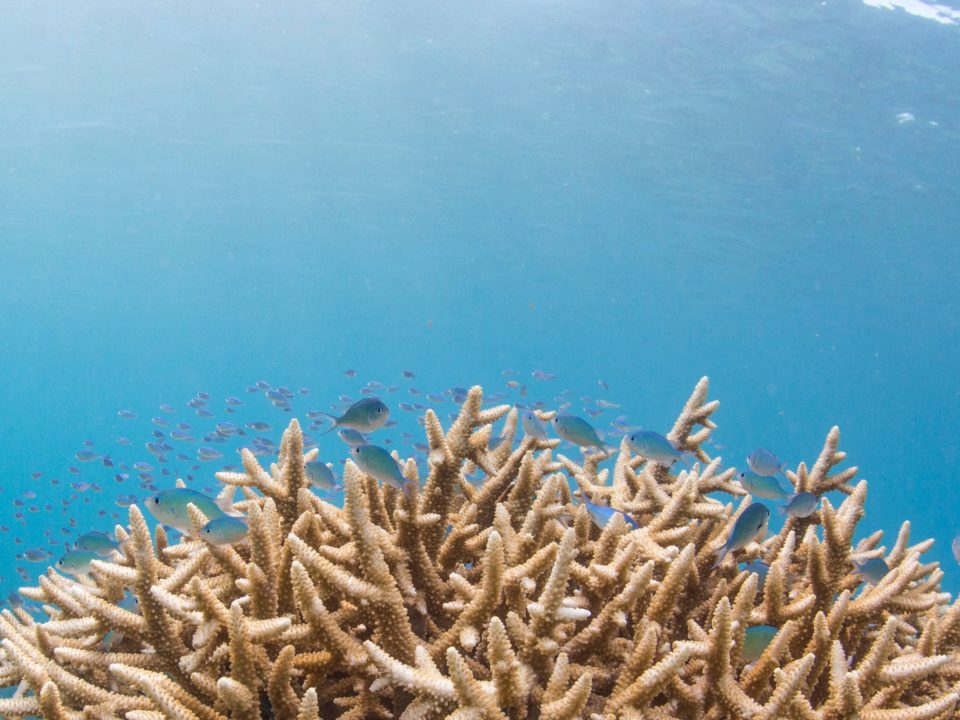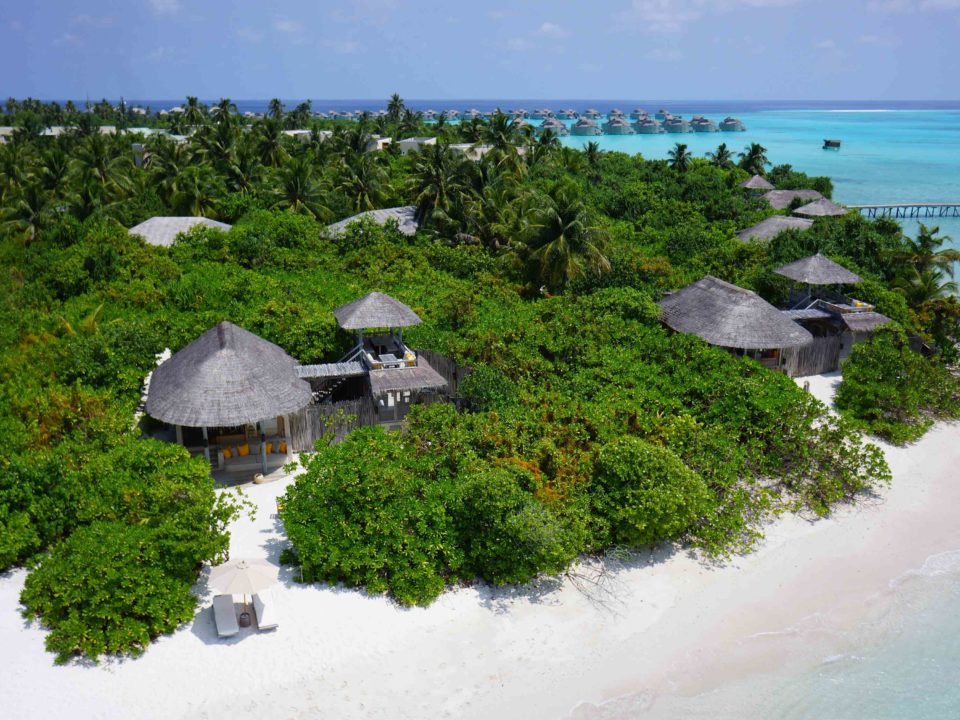For someone hearing about Blue Marine for the first time, can you explain the foundation’s main goals in a nutshell?
Blue Marine Foundation is dedicated to restoring the ocean to health by tackling overfishing, one of the world’s biggest environmental problems. The charity works all over the world to protect huge areas of ocean and restore marine biodiversity. In the coming decade Blue Marine aims to see at least 30 per cent of the ocean protected, and the other 70 per cent sustainably managed.
12 years ago Blue Marine started out by brokering a deal to enable what was then the largest marine protected area in the world around Chagos in the Indian Ocean. Where have you seen protected water be very successful?
The pioneering Lyme Bay project in Dorset is proving that marine protected areas can benefit both fishermen and the marine environment. Since 2012, Blue Marine has worked alongside local fishermen, scientists and regulators to support a collaborative model of sustainable fishing within the Lyme Bay Fisheries and Conservation Reserve. Established in 2008, this marine protected area has banned trawling and dredging – allowing the fragile seabed and rare species to recover.
To help low-impact, sustainable fisheries to continue to survive within the area, a voluntary code was developed with the fishermen to set limits on the number of pots and nets used. With over 20 scientific papers and reports generated from over 12 years of ecological, social and economic research, the work in Lyme Bay has produced an array of impressive results that can help other marine protected areas: a 52 per cent increase in species diversity, a 22 per cent increase in pink sea fans, and three times the abundance of all marine species. (Statistics show increases within the reserve compared to outside the reserve based on 2008-2016 data.)

Can you tell us about a recent success that you’re particularly proud of?
Dogger Bank is one of four areas in English waters that will be protected from damaging fishing activities, the Government announced in April 2022 following a campaign by Blue Marine and other conservation groups. Bylaws banning trawling and dredging will be brought in for Dogger Bank in the North Sea, which was the site of a Greenpeace protest that saw the group dropping boulders into the water to stop damaging fishing followed by a legal challenge to the government by Blue Marine. The move to protect the important shallow sandbank habitat has been heralded as ‘the beginning of the rewilding of the North Sea’.
We’d love to hear more about your newly formed unit, Blue Carbon, and why this work is so important?
The Blue Marine Carbon aims to raise the profile of the ocean as a climate change solution. We develop targeted evidence to better understand the role of marine habitats in mitigating and adapting to climate change. The major blue carbon habitats (mangroves, saltmarsh, and seagrass) are in rapid global decline. These habitats remain little understood and largely overlooked by policymakers. Blue carbon therefore acts as a catalyst to build political ambition. This includes ensuring that the voluntary blue carbon market supports biodiversity recovery, is well-evidenced, transparent, and socially equitable.
How important is it to work with local communities and organisations as partners in Blue Marine projects?
Become an ocean advocate. You may not realise it but your voice counts. If you use it, you can help achieve great things for our ocean. One of Blue Marine’s most successful campaigns was all thanks to support from the public. Understanding more about the ocean and using your voice for its protection is more powerful than you might think.

In 2017 Blue Marine, along with partner members of the Great British Oceans coalition, launched the #BackTheBlueBelt campaign to protect four million square kilometres of ocean around the UK’s overseas territories. The height of that campaign saw the hashtag go viral, mentioned every 2.5 second on social media and an MP being Tweeted every 7.5 seconds. 285 MPs backed the campaign and signed the Blue Belt Charter, which has resulted in the formation of vast marine protected areas around Tristan da Cunha and Ascension Island, among others.
Is it too late to reverse the damage that’s been done by overfishing already?
World Ocean Day marks a particularly special celebration for Blue Marine this year. Charles Clover’s new book, Rewilding the Sea: How to Save Our Oceans is coming out on 8 June. Published by Ebury, the book provides tendrils of hope for the future of the ocean. A follow-up to The End of the Line, which was adapted into an acclaimed documentary and launched the Blue Marine Foundation, Rewilding the Sea explores how to let nature repair itself, through either protection or active restoration.
In Charles’s words, ‘This book tells the story of how I journeyed from despair to hope about the state of our common ocean. It’s a tale of beginnings, of extraordinary changes achieved around the world by small bands of dedicated people.’
2021 was a record donation year for Blue Marine, have you seen a shift in mindset and do you think people have become more considerate of the natural world? Are you seeing any evidence of this?
It has taken more than 30 years for the world to get round to realising that the largest part of our planet, the ocean, offers potential solutions to climate change, as well as being passively affected by it. 2021 was the year when potential ‘nature-based solutions’ in the sea began to be talked about with urgency – in the margins of the UN Framework Convention on Climate Change, which held one of it its most historic meetings in Glasgow. Blue Marine commissioned an installation in the central café at COP26, inspired by our immersive digital platform, to push home the message of the carbon mitigation potential of the ocean, including its precious ‘blue carbon’ habitats such as saltmarsh, seagrass and mangroves.
How can we travel more sustainably to protect and conserve the environment?
When browsing holidays online, an ocean-positive action you can take is to choose sustainable tourism operators wherever possible. Sustainable tourism covers many ideas from carbon-saving hotel operating procedures, to product choices, to lower human impact, sustainable food selections, and even initiatives to restore and protect the environment. This may cost more but you are investing in the future health of our planet.
What can hoteliers do to help within their own locations and communities?
Habitat protection as part of tourism is achievable. In the Maldives, Blue Marine partnered with Six Senses Laamu for a #ProtectMaldivesSeagrass campaign, calling on resorts to stop removing the seagrasses around their resort island to make clear lagoons for their guests. Within the space of three months more than a quarter of all resorts in the country committed to protecting more than 830,000m2 of seagrass.
Smith members can now donate to the Blue Marine Foundation with every booking. To find out more about their work, visit their website or follow their efforts on Instagram and Twitter


